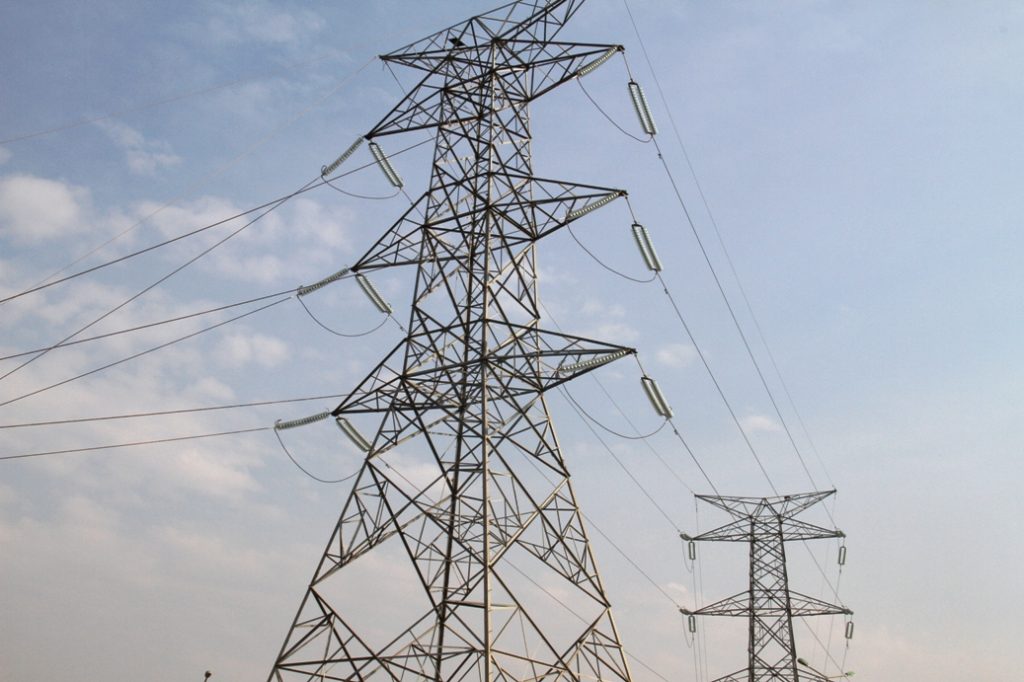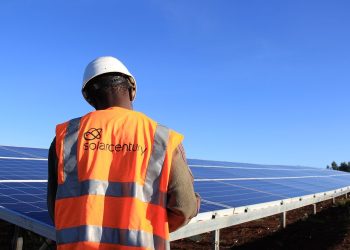
Namibia generated 64.4% of its domestic electricity requirements in May 2025, producing a total of 279,548 megawatt-hours (MWh), according to the Namibia Statistics Agency (NSA).
This contribution remained broadly unchanged from April 2025 and May 2024. Total electricity supplied to the domestic economy in May reached 434,154 MWh — a 12.9% increase from April and 9.2% higher than in the same month last year.
“The Ruacana Hydro Power Station was the largest contributor to local generation, producing 88.0% or 245,900 MWh of total local output, followed by Independent Power Producers with 9.4% and the Omburu PV Solar Power Station with 1.6%,” the NSA said.
Electricity imports accounted for 35.6% of total supply in May, amounting to 154,606 MWh. Imports rose by 37.3% from April, following a significant drop in the previous month.
“Zambia was the largest source of imported electricity, supplying 42.9% of total imports, followed by South Africa with 38.1%. Zimbabwe, Eskom Orange River, and the Day-Ahead Market under the Southern African Power Pool (SAPP) contributed 8.2%, 6.9%, and 4.0% respectively,” the NSA said.
Electricity sales grew by 12.6% month-on-month to 379,603 MWh in May, although this remained 15.2% below the level recorded in May 2024. Domestic sales rose by 4.8% from April, driven largely by redistributors who accounted for 66.0% of total sales.
“Mines received 27.1% of domestic electricity sales, while Eskom Orange River accounted for 3.4%. Farms and commercial consumers made up 1.2% and 0.7% respectively,” the NSA reported.
Electricity exports saw a sharp month-on-month increase of 82.7%, reaching 61,873 MWh. The bulk of exports (96.5%) were channelled to STEM sales under the SAPP.
“Botswana was the second-largest export destination with 2.0%, followed by South Africa with 0.8% and Angola with 0.7%,” the NSA added.







